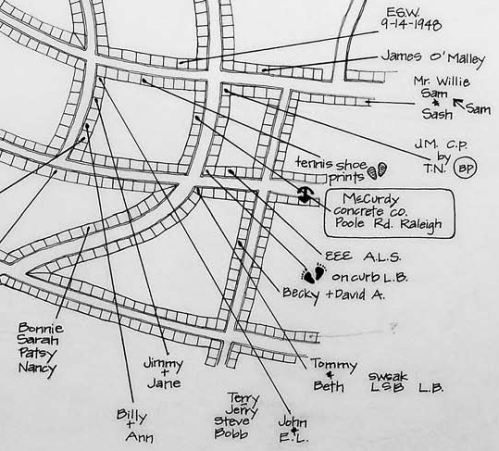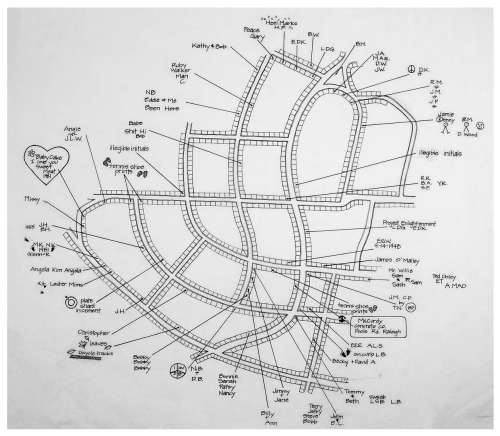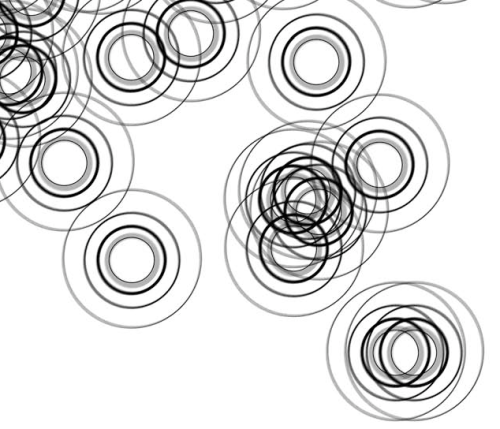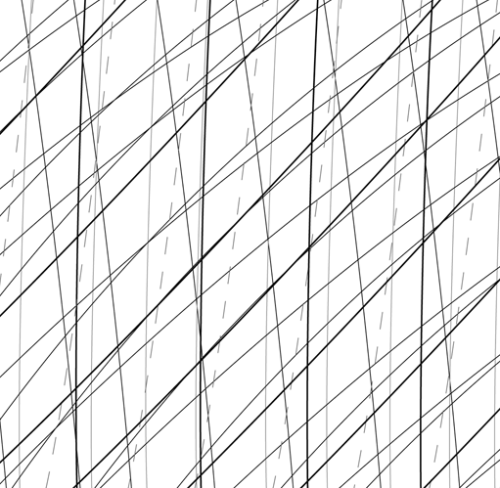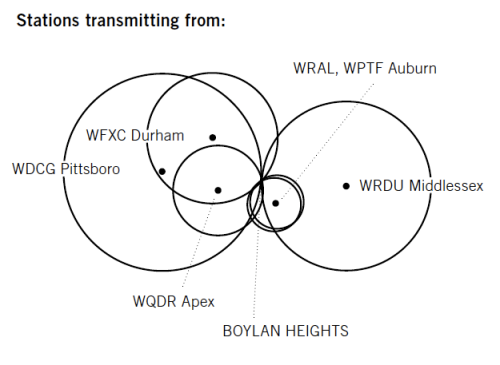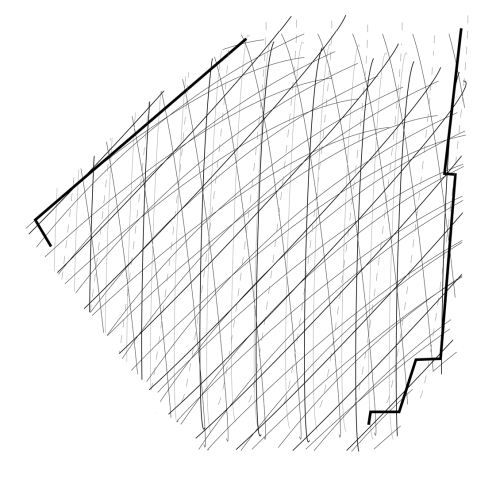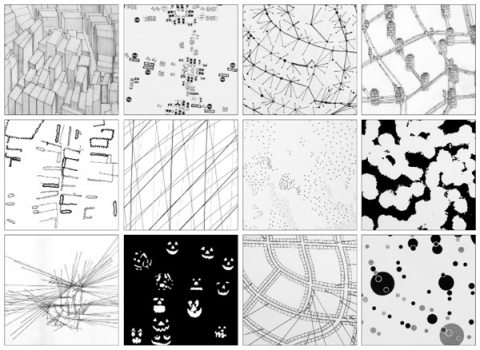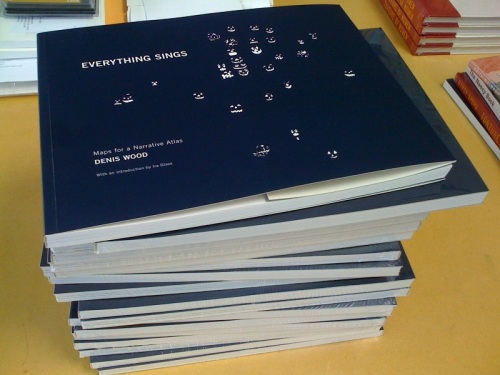Denis Wood’s delightfully snarky review of a new book, The Power of Maps, but not The Power of Maps he wrote in 1992. The review provides a critique of participatory mapping and GIS from the perspective of critical cartography that has developed over the past several decades.

Review: The Power of Maps: Bringing the Third Dimension to the Negotiation Table
C. Pedrick (editor)
Technical Centre for Agricultural and Rural Cooperation (CTA)
Order book or free PDF here.
by Denis Wood
Interesting title, The Power of Maps. Once I wrote a book called The Power of Maps (Guilford, New York, 1992), but that was then and this book was just published. My book was about how maps, instead of being objective and neutral, were interested, and about how hard maps labored to mask this interest. In the end it was about maps as malign instruments that hid their commitment to advancing the interests of those who commissioned them.
CTA’s The Power of Maps is one of these masks.
Or maybe I shouldn’t put it that way. That may be too harsh, too sweeping. But, my god, just take a look at the cover! In the upper right is the boxed phrase, “Success Stories,” letting us know right off that we’re in for some kind of fluff. Below, bracketing the title, are photos of a landscape and of a bunch of kids clustered excitedly around a three-dimensional model of it, or at least we assume the model’s of the pictured landscape (we hope it is): it’s never stated. The kids, a diversity of ages, are proud, and as we later learn, they should be, since presumably these are the kids who made the model. “Bringing the third dimension to the negotiation table,” says the subtitle, though these kids don’t look like they’re negotiating anything and, as it turns out, they’re not.
All sorts of prefatory fluff precede twelve stories with titles like “Mapping in Madagascar – from skepticism to ownership” and “Scaling up P3DM: A powerful community engagement tool.” The exciting titles are unfolded in exciting texts. Wonderful things happen when participatory 3D models are constructed. Generations come together (since the youth build the model which “the elders” interpret), people who have trouble with maps move over the model with ease (as we can see in the photos), government officials are impressed (evidently), and soon … everybody’s negotiating, they’re taking their future into their own hands, they’re triggering green lights for environmental restoration.
In these stories it’s almost magical the ways these things happen. The kids just build the model; the elders cluster around it annotating it with colors, yarn, pushpins; the officials just show up. In better than three dozen full-color photos, kids happily work, elders eagerly collaborate, attentive outsiders look and listen. P3DM really is magical! It really works!
That this a profound illusion The Power of Maps reveals only in its list of further readings on page 67 (the whole document runs only 74 pages). The first item, Giacomo Rambaldi’s Participatory Three-dimensional Modeling: Guiding Principles and Applications: 2010 edition runs 98 pages, each crammed with facts, figures, diagrams and tasks, tasks, tasks. There’s a lot to do before the locals can start making their model, and lots of outsiders are going to work to get it done. To begin with:
Organizing and facilitating a P3DM exercise requires a multidisciplinary team with at least three facilitators covering – as an example – the following disciplines: geography/cartography/GIS; natural resource management/environment; and social sciences. (p. 52)
and:
Logistical aspects vary from project to project. The more complex the initiative the more demanding are the logistical arrangements. All projects, whether they involve single or multiple communities and ethnic groups scattered over a large area, must handle logistical details for field activities, workshop venues, travel, accommodation and catering for community members and technical staff. Other matters to be arranged include contracts for a venue sufficiently large and possibly with electric power to allow the manufacture of the model, board and lodging, equipment rental or purchase and procurement and safe storage of supplies including the base maps. Additional staff may be hired and vehicles made available – in short, a variety of logistical arrangements are required for the project to run smoothly. All of these arrangements must be made in a timely fashion, and many must be in place during the earliest stages of the project and before project activities get underway. (p. 31)
That’s my emphasis, but there are lots of people from the outside who are going to be involved, and it all has to be paid for (materials for the model alone will run about a thousand bucks), there are salaries, and so there are sponsoring agencies and so on (and so on). While there’s a philosophical inclination to insist that these projects are “demand driven” – by the locals – it’s plain enough that they’re instigated by the agencies funding the work and so they’re in pursuit of agency goals.
Further along in the further-readings is CTA’s “Training kit on participatory spatial information management and communication” (2010). This consists of fifteen modules, most of which contains four units, none of which takes less than an hour, which is to say we’re talking about a commitment of more than 60 hours, and that’s without all the stuff they ask you to download and read or watch. Working through this training kit demands a serious chunk of time and energy. But, then, the whole thing does. The least of it is the construction and interpretation of the model, since once that’s done the whole thing has to be turned into a GIS, and maps have to be made. Maps, as my Power of Maps made plain, will be the tools used to implement any action, which since these are more or less all government projects, pretty much goes without saying. The 3D models are really about securing buy in, consensus, on the part of the locals.
I’ve critiqued participatory mapping before, in the keynote, “Public? Participation? Geographic? Information? Systems?” that I gave to the 2005 URISA Conference on PPGIS in Cleveland. The title should make the nature of my complaint clear enough. At the time I was unaware of Bill Cooke and Uma Kotiiari’s Participation: the New Tyranny? (Zed Books, London 2001) which examines many of my complaints in piercing detail; and I certainly didn’t know of Cooke’s “Rules of thumb for participatory change agents” (from Samuel Hickey and Giles Mohan’s Participation – From Tyranny to Transformation?, Zed Books, London, 2004), the first of which is, “Don’t work for the World Bank,” which naturally enough turns out to have funded “Mapping in Madagascar – from skepticism to ownership.” In fact, most of the projects laid out in The Power of Maps violate most of Cooke’s rules. One of these, “Data belong to those from whom they were taken,” includes “The use of photographs of participants in presentations and publications without their consent, informed or otherwise.” Again, nearly every one of the better than four dozen photos in The Power of Maps consists of photos of the people, the kids, the adults, the “elders” and, far more rarely, the government and NGO folk involved. Can you imagine the photographer of the image on the cover scurrying around to solicit the permission of each of the 23 caught? (Why bother? They’re mostly kids.) Under the same rubric Cooke mentions the use of material gathered in one capacity, as a participatory change agent, in another, for example as an academic in a journal, again without permission. Further he notes the public disclosure of information, in conferences or faculty staff rooms, again without permission, and contrasts this with the censure that would clobber people working with First World clients (therapists, for example).
There are others – the skewed rates of pay offered locals, government employees, and consultant academics – but to work through the list would be too disheartening. Worst of all is the way this – all this! – and more is obscured in The Power of Maps behind a curtain that could conceal an Oz. It’s this above all else that raises my ire, who tried to expose precisely this kind of deceit in a book whose title probably should have been The Real Power of Maps. Worst did I say? No, that’s actually not the worst of it. The worst of it is the startling lack of evidence that all this cardboard and plaster and paint and yarn has paid off in significant benefits for the locals, who end up no more than exposing their local knowledge to outsiders whose ultimate goal is buy in from the locals.
Okay, I’m carping from way outside, and by no means want to castigate all the work accomplished with P3DM which is often a huge improvement, if nothing else, over the options. And maybe it’s just their use of my title, over which of course I have no title. But there’s something about this self-congratulatory volume that sticks in my craw. Why couldn’t they have called it, The Power of 3D Models or The Use of 3D Models? Or better yet Preparing the Ground for Capitalism?
